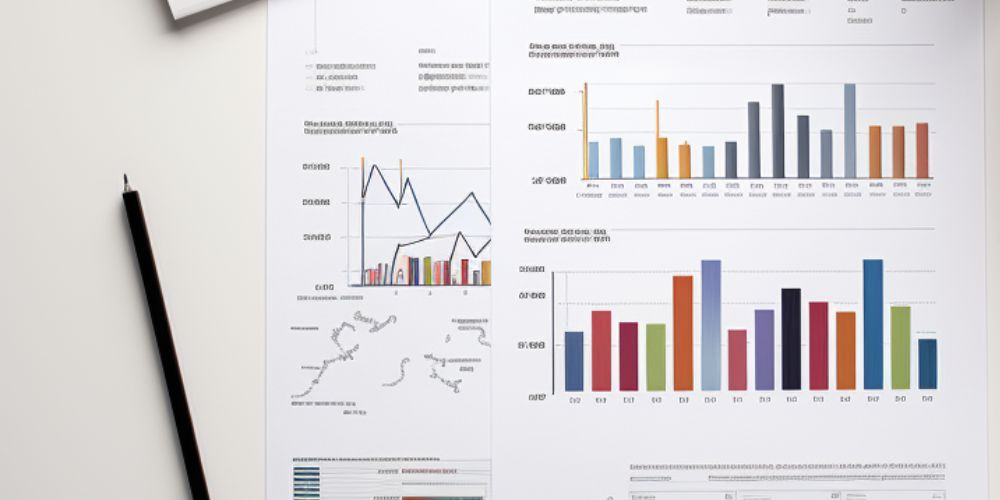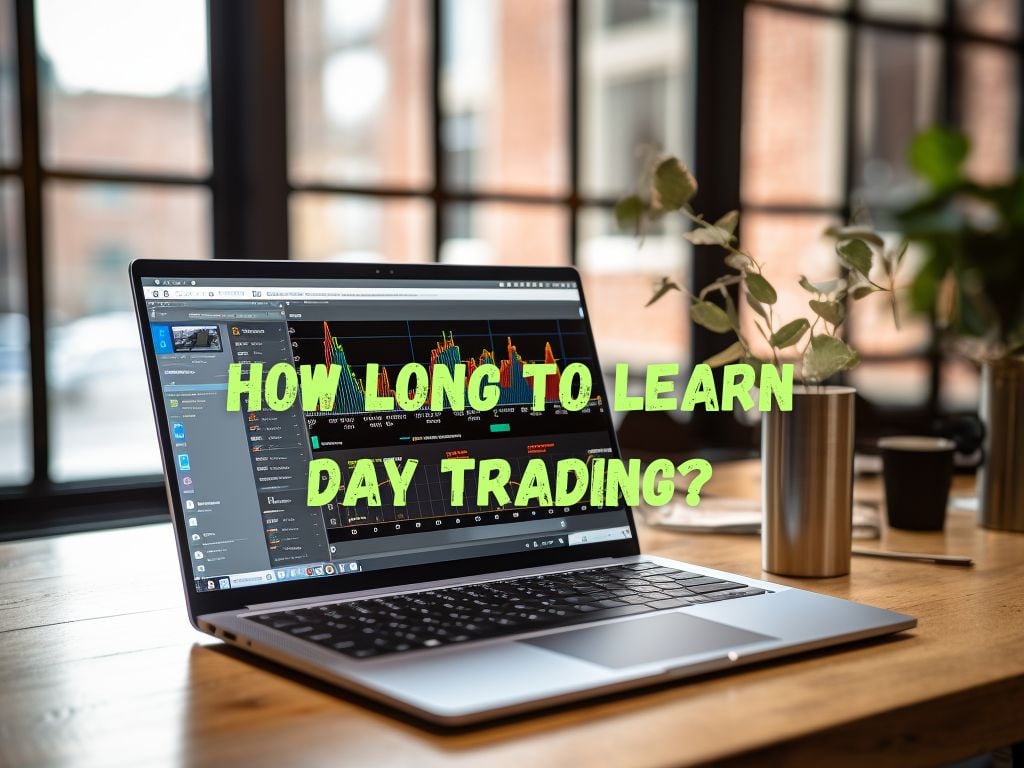Day trading is an exciting and potentially lucrative venture that many individuals aspire to master.
The ability to make quick decisions, spot opportunities in the market, and capitalize on short-term price movements can be enticing for those looking to earn profits from their investments.
However, one question that often arises is: How long does it take to learn day trading?
In this comprehensive guide, we will dive into the various factors that can influence the learning journey, provide a step-by-step guide for beginners, address the time it takes to become proficient in day trading, and discuss common mistakes to avoid.
Whether you are a novice just starting out, or an intermediate trader looking to enhance your skills, this article will provide valuable insights to help you navigate the world of day trading successfully.

Factors to Consider Before Starting Day Trading
When embarking on the journey of learning day trading, there are several crucial factors to consider.
These factors can greatly impact the learning process and contribute to an individual’s success in day trading. Here are some important points to keep in mind:
Time Commitment:
Learning day trading requires a significant amount of time and effort. The more time you can dedicate to studying and practicing, the faster you are likely to progress.
It is important to assess your schedule and determine how much time you can realistically allocate to learning and practicing day trading.
Experience Level:
Your prior experience in trading or investing can play a role in how quickly you grasp day trading concepts. If you are already familiar with the stock market or have experience in technical analysis, it may be easier for you to understand certain aspects of day trading.
However, even without prior experience, anyone can learn day trading with dedication and perseverance.
Trading Strategies:
Day trading involves implementing specific trading strategies to identify and capitalize on short-term price movements.
The choice of trading strategies can significantly influence the learning curve. Some strategies may be simpler to understand and implement, while others may require more in-depth knowledge and analysis.
It is essential to research and choose strategies that align with your trading style and risk tolerance.

Capital Availability:
The amount of capital you have available for day trading can also impact your learning process.
With larger capital, you may have more opportunities to practice different strategies and trade in various market conditions.
On the other hand, if your capital is limited, you may need to be more cautious and focus on risk management to protect your investments.
Step-by-Step Guide to Learning Day Trading
Mastering day trading requires a structured approach and progressive learning. Here is a step-by-step guide to help you navigate the learning process effectively:
Step 1: Understanding the Basics
Before jumping into day trading, it is crucial to establish a strong foundation of knowledge. Familiarize yourself with key trading terms such as “bid,” “ask,” “volume,” and “liquidity.”
Furthermore, gain an understanding of the market environment and the factors that impact price movements. This knowledge will help you interpret market data, charts, and indicators more effectively.
Step 2: Finding a Mentor
Finding a knowledgeable and experienced mentor can significantly accelerate your learning curve.
A mentor can guide you, provide valuable insights, and help you avoid common pitfalls. Look for successful day traders who are willing to share their knowledge and experience.
Consider joining trading communities, online forums, or participating in mentorship programs to connect with industry experts.
Step 3: Practicing with a Demo Account
Once you have acquired some theoretical knowledge, the next step is to put it into practice. Many online brokerage platforms offer demo accounts that simulate real trading conditions without risking actual money.
Utilize these demo accounts to practice executing trades, familiarize yourself with the platform’s functionalities, and test various trading strategies in a risk-free environment.
Step 4: Building a Trading Strategy
Developing a well-defined trading strategy is crucial for consistent success in day trading. Identify the indicators, chart patterns, and technical analysis tools that align with your trading goals and risk tolerance.
Backtest your strategy using historical market data to evaluate its effectiveness. Refine and adjust your strategy based on the results, ensuring it remains adaptable to changing market conditions.
Step 5: Starting with Small Trades
As a beginner, it is advisable to start with small trades and gradually increase your position size as you gain more confidence and experience. This approach helps preserve capital and manage risk effectively.
Focus on developing discipline, patience, and emotional control, as these are key attributes for successful day trading.

How Long Does It Take to Learn Day Trading?
The time to become proficient in day trading varies from individual to individual. There is no fixed timeline, as progress depends on several factors, including the time dedicated to learning, previous experience, the effectiveness of the learning approach, and the individual’s ability to implement strategies successfully.
While some traders may grasp the concepts and become profitable within a few months, others may take years of dedicated study and practice.
It is important to set realistic expectations and avoid rushing the learning process. Trading is a skill that takes time to develop, and consistent practice is essential for gaining proficiency.
It is advisable to focus on continuous learning and improvement rather than fixating on a specific timeframe.
During the learning process, it is common for beginners to make mistakes. These mistakes can serve as valuable learning experiences and opportunities for growth.
Some common beginner mistakes include overtrading, lack of risk management, emotional decision-making, and failure to stick to a trading plan.
By being aware of these common pitfalls, traders can avoid unnecessary losses and expedite their learning curve.
Frequently Asked Questions
How much money do you need to start day trading?
The amount of money required to start day trading depends on various factors such as brokerage fees, amount of risk capital, and personal financial circumstances.
It is generally recommended to start with a sufficient amount of risk capital, typically a few thousand dollars, to ensure proper risk management and accommodate potential losses.
How much time should I dedicate to learning day trading?
The amount of time required to learn day trading depends on personal commitment and learning efficiency.
Although there is no definitive answer, dedicating a few months to a year of consistent learning and practice is typically a good starting point.
Can day trading be done part-time?
Yes, day trading can be done part-time, but it requires discipline and a structured approach. Part-time day traders should allocate dedicated time to study the market, analyze stocks, and execute trades.
Ensuring uninterrupted focus during trading hours is crucial for making informed decisions and managing positions effectively.
Do I need a special education to learn day trading?
No, you do not need a special education degree to learn day trading. However, having a strong foundation in finance or economics may provide an advantage in understanding market dynamics.
Most importantly, it is essential to continually educate yourself through books, online courses, and real-world trading experiences.
What are the most common mistakes that beginners make?
Some common mistakes include failure to manage risk, emotional decision-making, lack of discipline, overtrading, and chasing hot tips.
It is important for beginners to learn from these mistakes and develop good trading habits early on.

Conclusion
In conclusion, learning day trading is a journey that requires dedication, practice, and continuous learning. The time it takes to become proficient in day trading varies for each individual and is influenced by factors such as prior experience, learning approach, and consistency.
By considering the necessary factors, following a step-by-step guide, understanding the time commitment involved, and avoiding common mistakes, individuals can increase their chances of success in day trading.
Remember, persistence, adaptability, and discipline are key attributes required to navigate the dynamic world of day trading. With patience and perseverance, anyone can acquire the skills and knowledge needed to thrive in this exciting field.


 Tags:
Tags:










